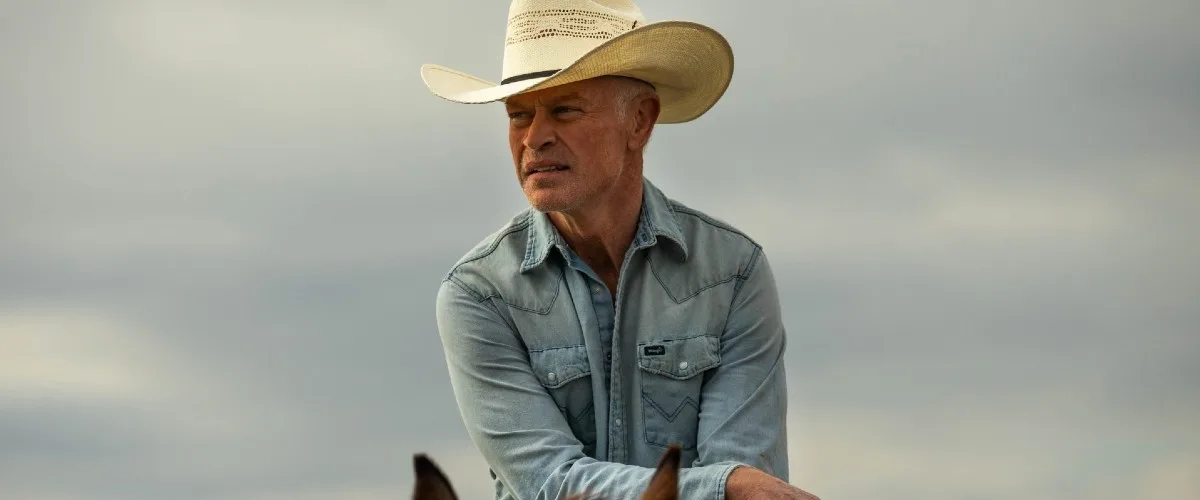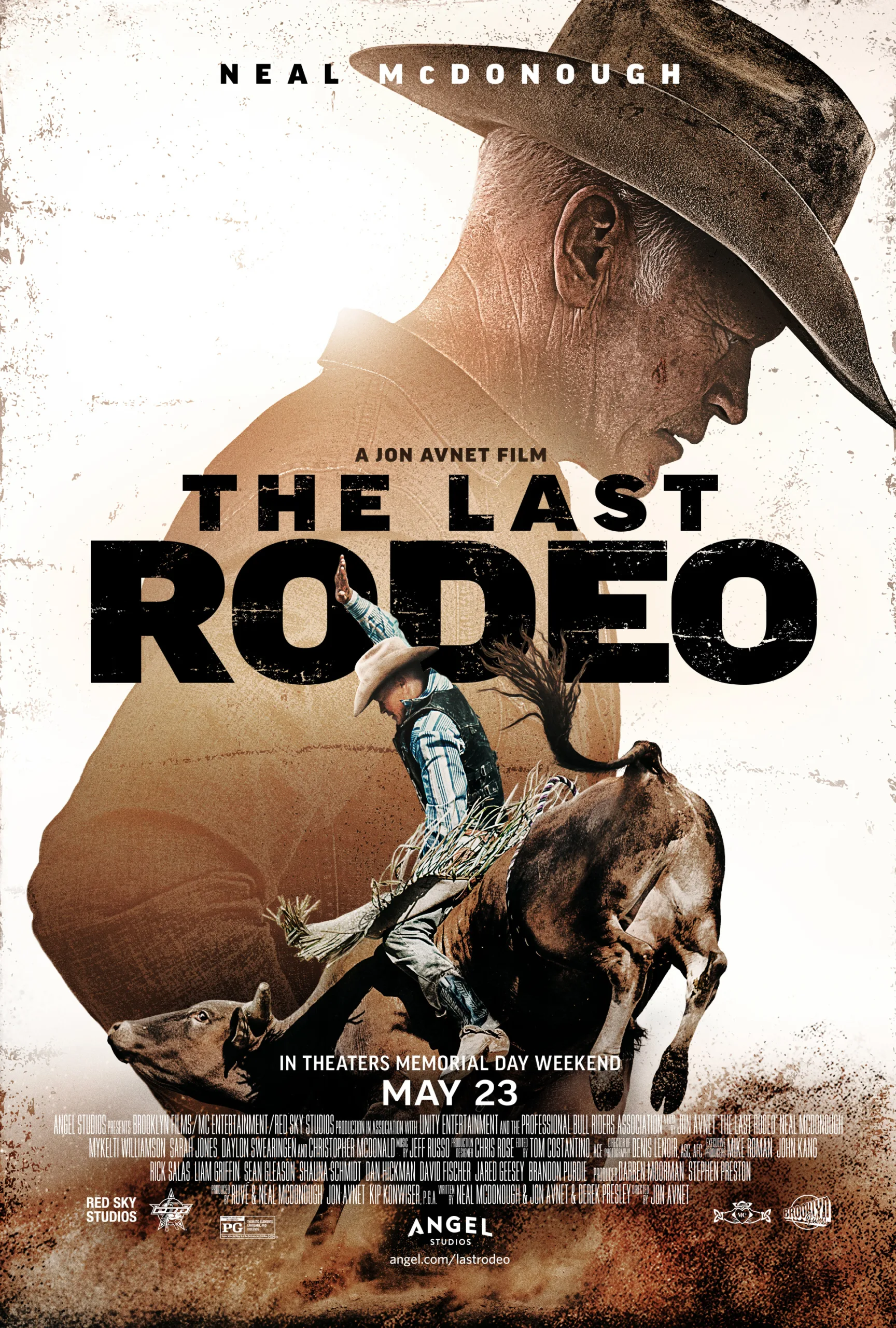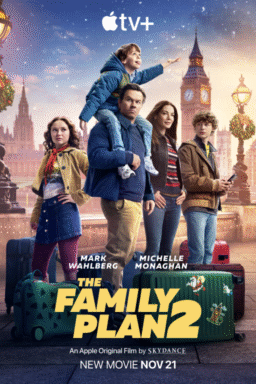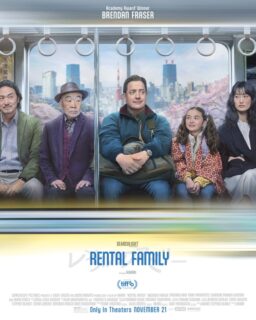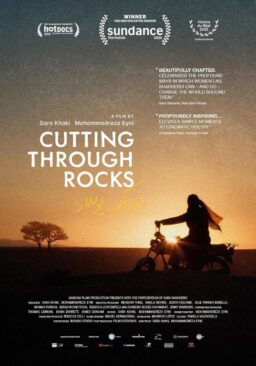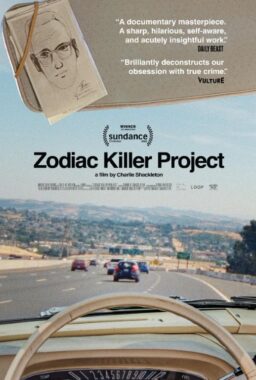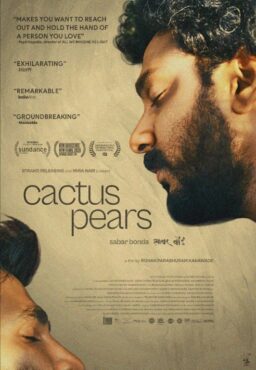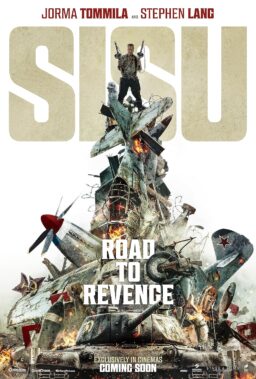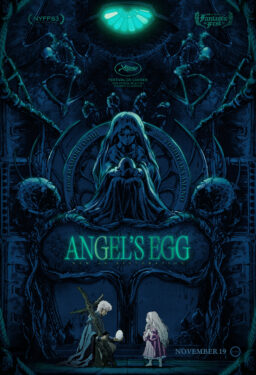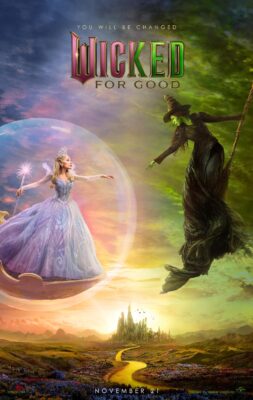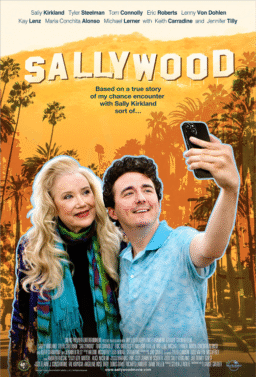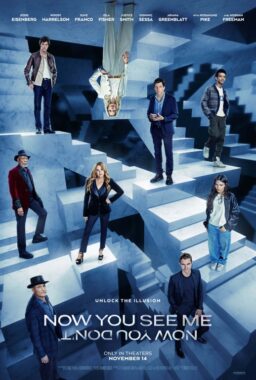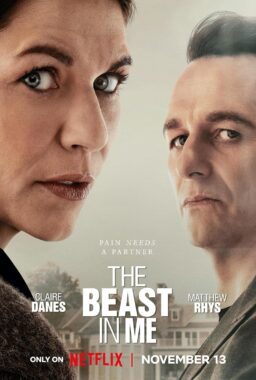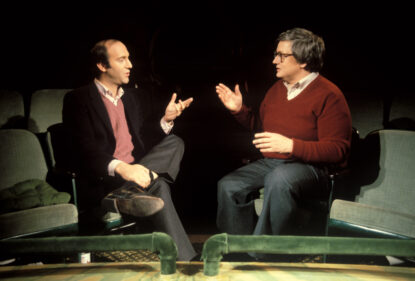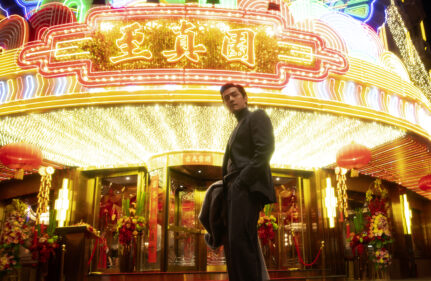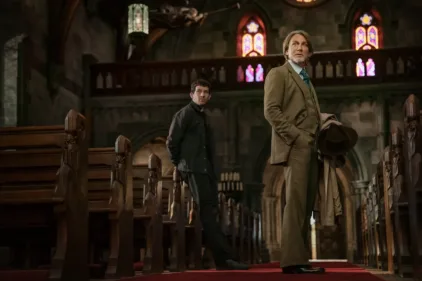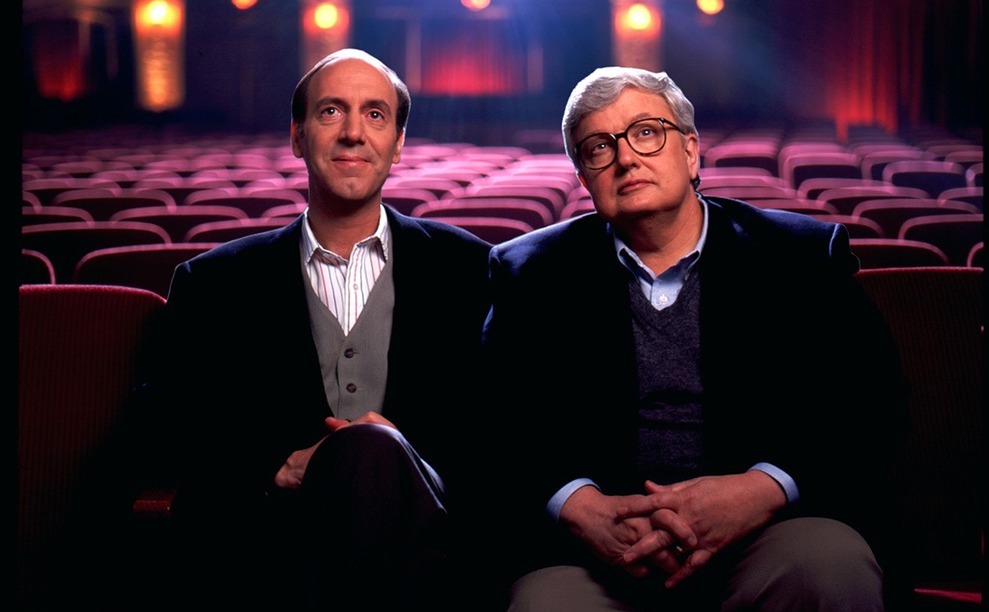“The Last Rodeo” is the latest film to come out of Angel Studios, the Christian media company with a complicated backstory and an unambiguous mission to bring stories of moral uplift into the mainstream. Their most well-known film, by far, is “Sound of Freedom,” its first international release and a worldwide hit, despite the controversies surrounding Tim Ballard, the film’s real-life inspiration, whose qualifications were called into question. At least “Sound of Freedom” had a somewhat original, however bogus, premise. “The Last Rodeo,” directed by Jon Avnet, who co-wrote the script with star Neal McDonough, is cliché piled on cliché.
There isn’t anything inherently wrong with cliches. Most stories utilize them to some degree. “The Last Rodeo”‘s structure is instantly recognizable: a character is pulled back into the field of action where he once dominated, rising against the odds to triumph once again. These stories can be gratifying, even if you know where they’re going. “Rocky” is the Platonic Ideal of such conventions, but it’s ignited by the idiosyncratic central character, and, of course, the famous ending which bucks the trend: Rocky loses the fight, but “goes the distance” and gets the girl. There’s so much authenticity in the telling. The same cannot be said for “The Last Rodeo.”
Joe Wainright (McDonough) is a former bull rider who enjoys his retirement, spending time with his daughter Sally (Sarah Jones) and grandson Cody (Graham Harvey), cautioning him not to go into bull riding: “You can make more money on a diamond.” Cut to: Cody’s Little League game, where Cody is hit in the head by a pitch. He’s seemingly okay,, but later in the day he gets dizzy and vomits. Hospitalization and a devastating diagnosis follow. (The only thing in “The Last Rodeo” that generated real feeling was that the health insurance company would only cover 40% of Cody’s life-saving surgery, leaving Sarah with an unpayable bill for $150,000.) Joe enters the Legends Championship in Tulsa, where former bull riders compete for a $750,000 cash prize. The event is in three days, and therefore we are spared a training montage (although one might have heightened our investment in Joe’s journey). Joe’s old friend and partner, bull fighter Charly (Mykelti Williamson), thinks his friend is crazy but agrees to come along for the ride.
This plot is established within the first fifteen minutes of the film. The only way a cookie-cutter plot can survive is through the characters. “The Last Rodeo” can’t manage it. The actors are all good, but they can only do so much. There’s talk of Joe’s alcoholic past, but the film provides this to us in stilted monologues of exposition, where Sarah or the championship organizer (Christopher McDonald) recite to Joe facts known to all. Joe may want to prove to himself he’s “still got it,” but this type of thing doesn’t work if the character isn’t fully fleshed out. There’s no real conflict. Joe misses his dead wife; he’s sorry about being reckless in the past, but there’s no sense of him being haunted by “unfinished business.” Cody’s surgery is just a plot point in this scenario.
“The Last Rodeo” includes almost no authentic details of its environment. The color palette is mostly drab hospital colors, blues, and greys, and the visuals have little distinction. Even the very specific culture of bull riding is sketched in rather than lived in. This is a whole entire world, and “The Last Rodeo” is uninterested in allowing us access to the smells, sounds, delights, and textures. It doesn’t seem to understand that the joy of films like this—whether they focus on bull riding, race car driving, boxing, French cooking, whatever—is presenting a niche culture in ways that draw people in. Last year’s “National Anthem” showed rodeo culture (albeit a sub-culture within the culture) with tenderness and attention to detail. Even if you’ve never been to one of those events, you felt what it was like and, more importantly, what it means to the people who love it: the dirt, hands over hearts at the anthem, the cool twilight air, the faces, the camaraderie and community. It looked amazing. “The Last Rodeo” just shows us men bucking around on the backs of bulls, filmed like an ESPN spot.
If the characters aren’t three-dimensional and the plot is so predictable it creaks into motion by the five-minute mark. you haven’t done the work necessary to pull in your audience. You’ve got to give us something to hang our cowboy hats on.

